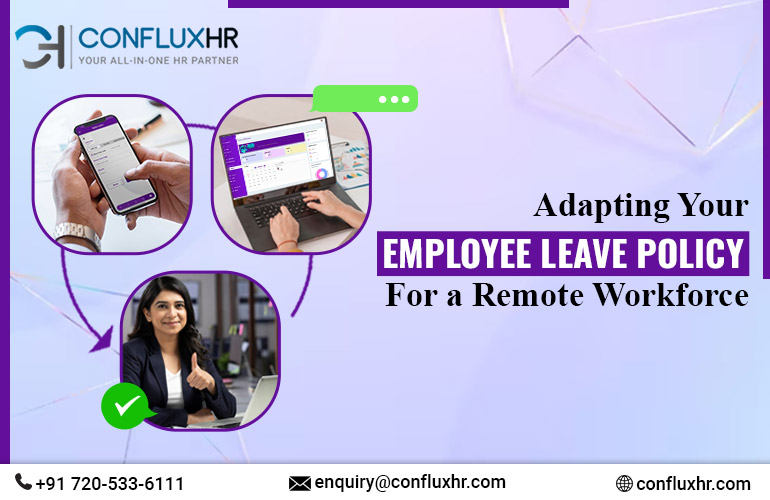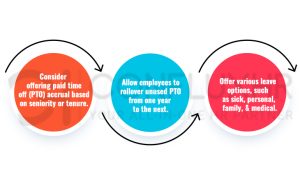The world of work has changed dramatically in recent years, with a significant shift towards remote work. This trend has been particularly pronounced in the B2B sector, where companies increasingly recognise the benefits of a distributed workforce. However, this shift has also presented challenges, particularly regarding managing employee leave.
The traditional model of employee leave policies was designed for a centralised workforce, where employees were physically present in an office. This model often relied on face-to-face interactions and paper-based documentation, which can be challenging to maintain in a remote environment.
Navigating Remote Work and Employee Leave Policies
B2B companies must effectively adapt their employee leave policies to manage leave in a remote workforce. Here are some key strategies:
-
Clear and Consistent Communication:
Ensure your employee leave policy is communicated to all employees, regardless of location. This includes information on how to request leave, the different types of leave available, and the approval process.
-
Technology-Enabled Leave Management:
Leverage technology to streamline the leave management process. This can include using online portals or self-service tools that allow employees to submit leave requests electronically.
-
Flexibility and Support:
Recognise that employees in a remote environment may have different needs and circumstances when taking leave. Be flexible in your approach and provide support to employees who need it.
-
Foster a Culture of Well-being:
Promote a company culture that values employee well-being and encourages employees to take time off when needed. This can help to reduce burnout and prevent presenteeism.
More On Employee Leave
- Regularly review and update your employee leave policy to ensure it is aligned with the needs of your remote workforce.
- Seek feedback from employees on your leave policy and adjust as needed.
- Use data and analytics to track leave trends and identify areas for improvement.
- Partner with a human resource (HR) professional to develop and implement an effective employee leave policy.
By following these tips, B2B companies can create an employee leave policy that is fair and flexible and supports the success of their remote workforce.
Conclusion
The intersection of remote work and employee leave policies is a complex issue that requires careful consideration. By implementing the strategies outlined in this blog post, B2B companies can effectively manage leave in a distributed workforce and support the well-being of their employees.




